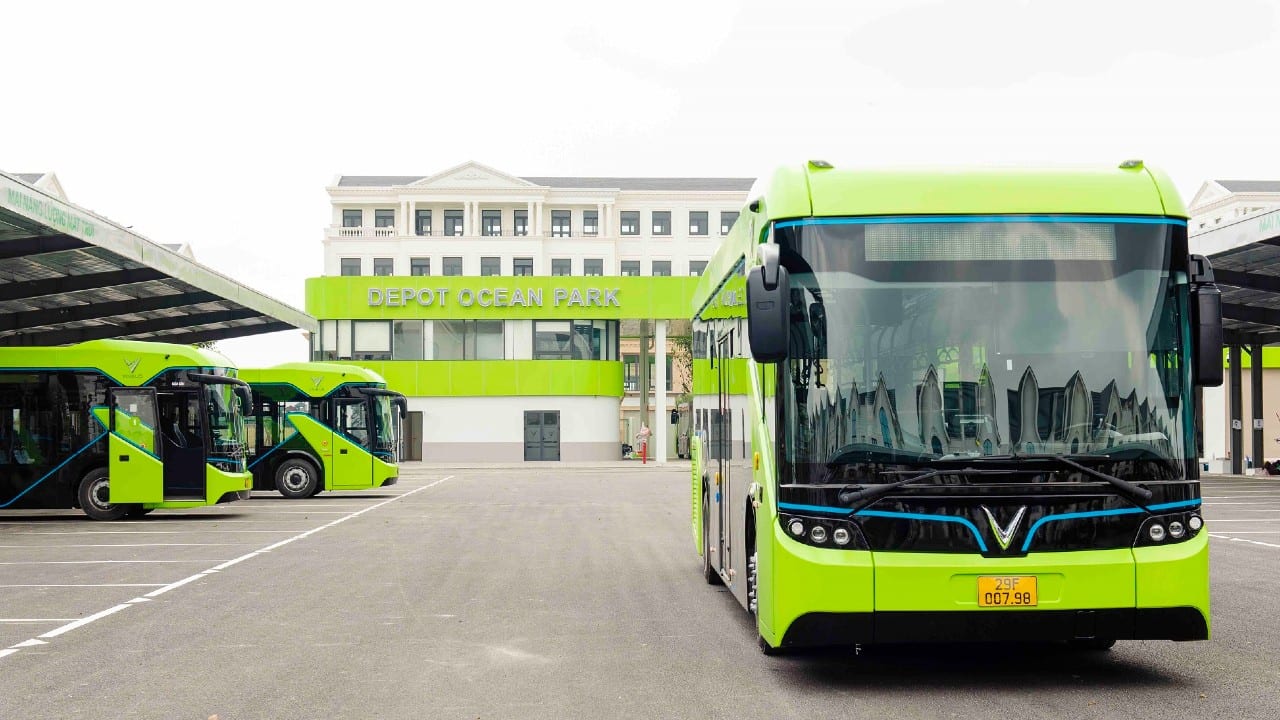Electric vehicles in Southeast Asia creat a new trend

Southeast Asia is considered a potential new market when the car ownership rate is still below 20%. Several countries here also have very ambitious plans to capture an important part of the electric vehicle market.
The auto industry has undergone fundamental transformations as countries around the world move towards emission reduction targets. At the COP26 summit (November 2021), many countries and leading car manufacturers pledged to phase out fossil fuel vehicles by 2040.
Southeast Asian countries prepare for electric vehicle revolution. Southeast Asia has the advantages as a low-cost manufacturing hub and has a very promising market. At the same time, governments in the region are soon planning to have an edge in grabbing a slice of the market. The goal is to create various opportunities for the car industry to export as well as serve the domestic market.
Thailand is the country with the most developed car industry in the region. The country produces about 2 million vehicles a year and is aggressively transitioning to electric vehicles. Last year, Thailand announced a roadmap to bring 30% of car production to electric vehicles by 2029 with many policies to promote and attract investment for this industry.
Indonesia, the world’s largest producer of Nickel – a key ingredient in Lithium batteries – aims to become a hub for the production and export of electric vehicles.
To its advantage, Indonesia has made battery production a core part of its own electric vehicle strategy based on its huge resource of Nickel ore.
The country banned nickel exports in 2020 to protect its industry by attracting large battery manufacturers to invest. Battery manufacturer CATL (China) committed to invest 5 billion USD; LG Chem will enter an alliance with Indonesia Battery Corporation (IBC) and Foxconn also announced that it will produce electric vehicles and batteries in Central Java (Indonesia).
Meanwhile, Vietnam is developing with VinFast, a new car company that is eager to conquer the US and European markets. Vietnam also has policies to “cope” with the wave of electric cars. Significantly, there are incentives to waive registration fees for electric car buyers or reduce excise tax on electric cars to encourage investment and production.
Business Time commented, the shift to traveling by electric vehicles is necessary to protect vehicle production in the region. However, consumers in the Southeast Asian market and also existing car manufacturers do not seem ready to adapt and exploit the market opening. This can open up opportunities for domestic businesses to participate.
Currently, Japanese OEM manufacturers still have a leading position in the region. But automakers like VinFast are also finding a foothold. Major global automakers have set ambitious emissions targets for themselves and plan to launch hundreds of new battery electric vehicle models by 2025. So they’re very interested in making it. assist Southeast Asian countries in their transition from internal combustion engines.
For at least the next five years, these large international players will continue to dominate the manufacturing sector in the region, before domestic players can take control. As sales and marketing of electric vehicles evolve, the focus must be on the value chain and the network. This will give local businesses an advantage over foreign competitors.
Southeast Asia is considered a potential new market when the car ownership rate is still below 20%. According to experts, products that are affordable, equipped with many technologies and attractive designs will have better access. This is the strength of Chinese automakers, or new firms like VinFast can enter the market.
Source : vietnaminsider.vn



